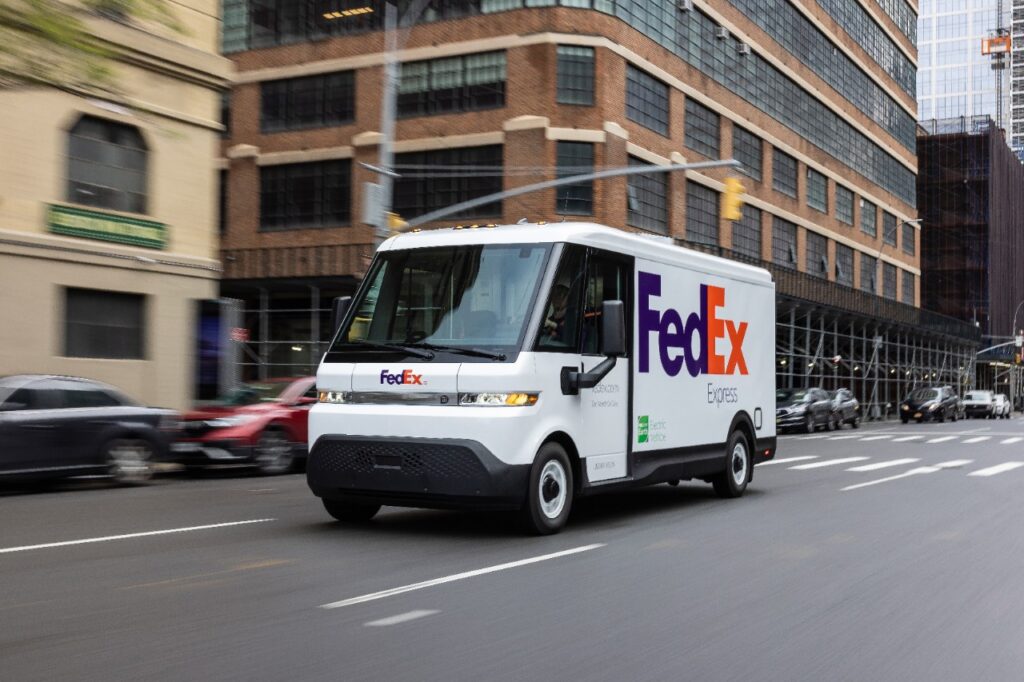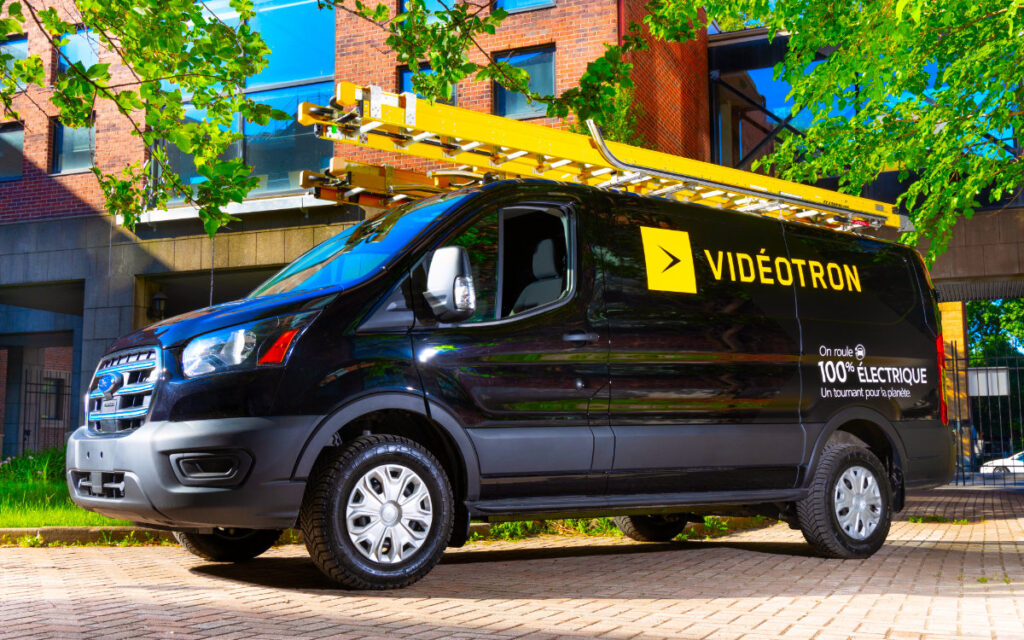1. Reduce your operating costs
“Adoption is supported by more models available, corporate fleet commitments, favorable economics and rising concerns about urban air quality.”
— BloombergNEF Electric Vehicle Outlook 2022

Gas and diesel prices are soaring, and although electric vehicles have a higher up-front cost than conventional combustion vehicles, the lower cost of electricity as a fuel will more than compensate over the long run.
In March, an analysis led by Clean Energy Canada, which compared ownership costs of electric car models and their gas counterparts, found that nearly every electric version was more affordable than the gas equivalent. In one example, assuming a consumer owned the car for eight years and rode 20,000 kilometres per year, the electric Hyundai Kona would rack up over $10,000 in savings compared to the gas-powered Kona.
This comparison was based on pre-2022 gas prices; At a cost of $2 per litre, those savings increase to nearly $18,000 — and the principle applies just as well to fleet EVs. A 2021 study found that 60 percent of North American fleets would see financial boons if they switched to electric due to the long-term fuel savings.

